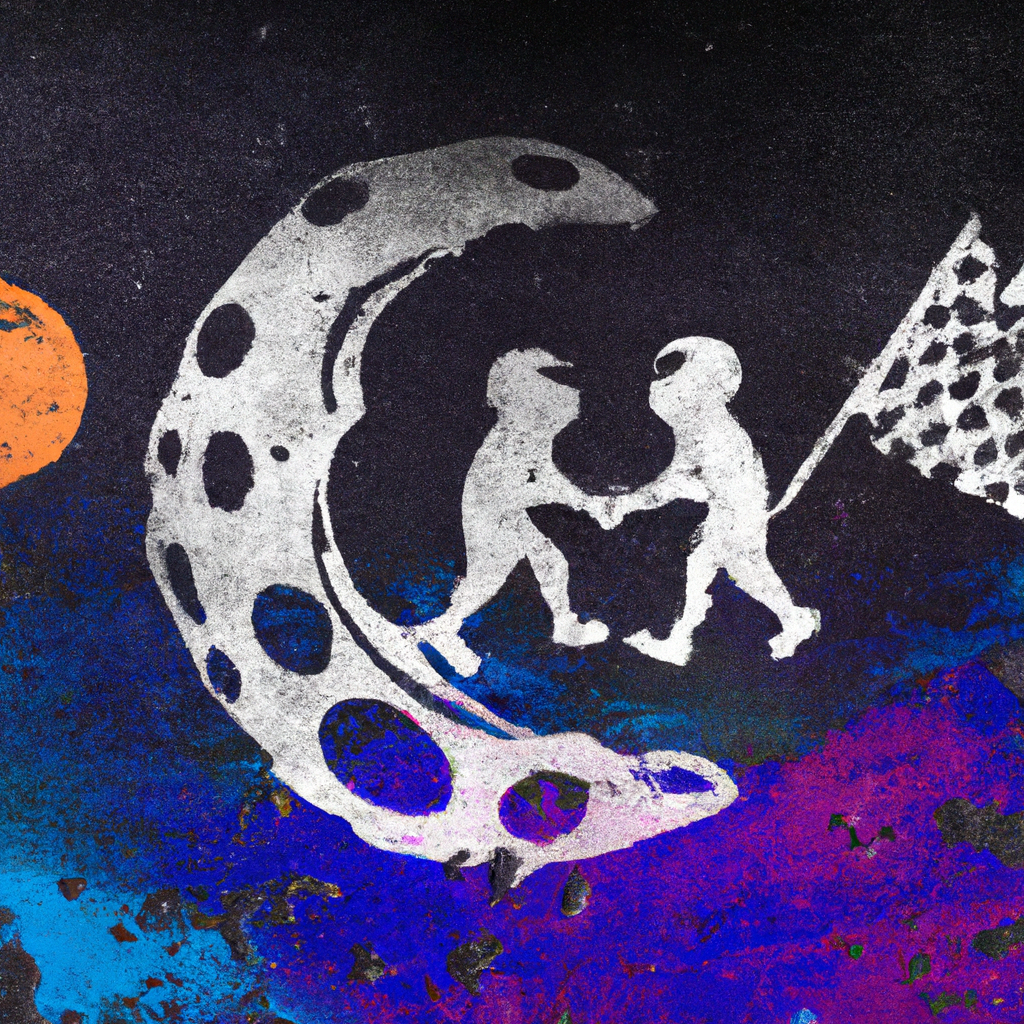Picture this: Shakespeare in a tie-dye, penning sonnets about the hustles of modern-day herbalists. In his day, the bard grappled with existential questions of identity and truth; today, we ask, “Can you trust your weed dealer?” As it turns out, your dealer’s truth might be as hazy as a Cheech & Chong film.
What’s Claimed
A recent study out of Colorado has thrown a wrench into the machinery of cannabis commerce, revealing that nearly half of cannabis flower products are guilty of overstating their THC potency. Imagine buying a chocolate bar, only to find out it’s more cocoa powder than cacao. The cannabis labels, it appears, are doing a similar dance with reality.
What We Found
Diving into the murky waters of cannabis labeling, we unearthed a world of exaggerations and half-truths. The Colorado study, like a modern-day oracle, spoke of THC levels as exaggerated as a fisherman’s tale. But why this inflation? The answers lie not just in the pursuit of profit, but in the societal pressures to deliver the “strongest” product, a kind of potency arms race.
Cultural Context or Why It Matters
In an era where authenticity is the new black, this revelation strikes a chord. We’ve seen it in the fashion industry, the food we eat, and now, cannabis. It makes one wonder: are we, as consumers, complicit in our cravings for the superlative? And what of the ethical responsibilities of those peddling these products? The issue of truth in labeling isn’t just a cannabis concern; it’s a societal mirror reflecting our collective desire for more, bigger, and better.
The Receipts
- New York Times article on THC potency
- PubMed study on cannabis labeling inaccuracies
- BBC report on cannabis regulation
Verdict: Misleading
The claim that nearly half of cannabis labels overstate THC potency is Misleading. While the study highlights exaggeration, it doesn’t account for industry-wide variances or regulation gaps.





